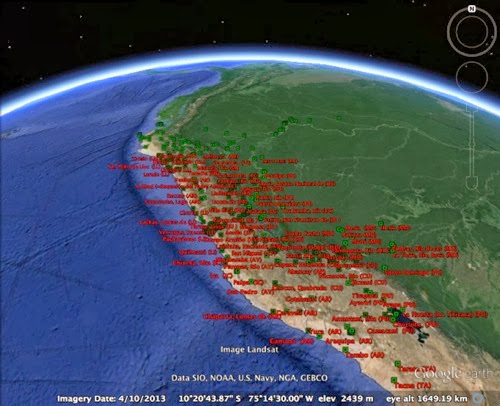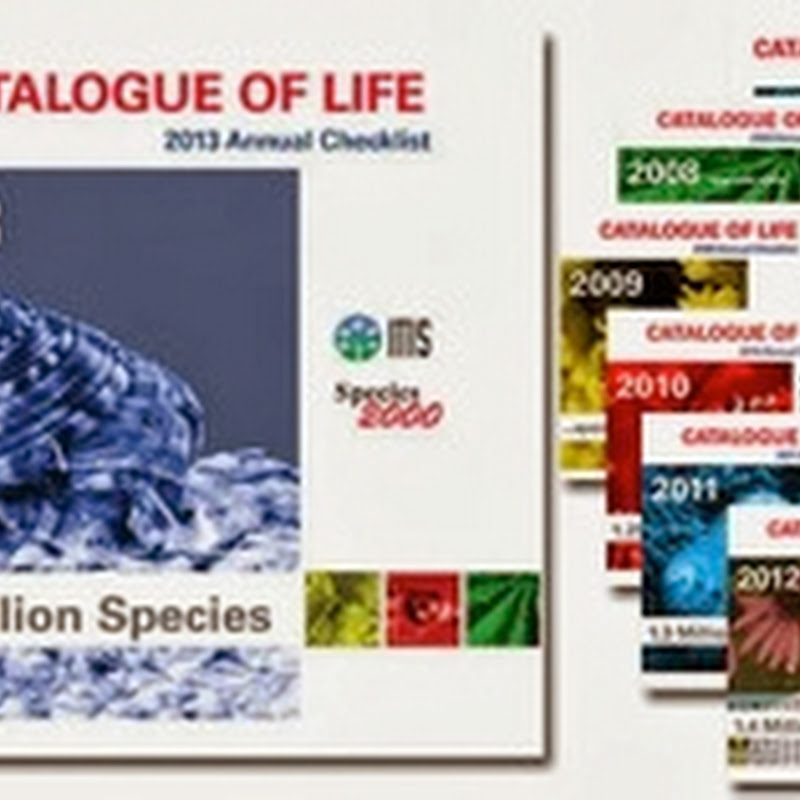
Quick notes on taxonomic names (again). It's a continuing source of bafflement that the biodiversity community is making a dog's breakfast of names. It seems we are forever making it more complicated than it needs to be, forever minting new acronyms that pollute the landscape without actually contributing anything useful, and forever promising shiny new tools and services without every actually delivering them.






